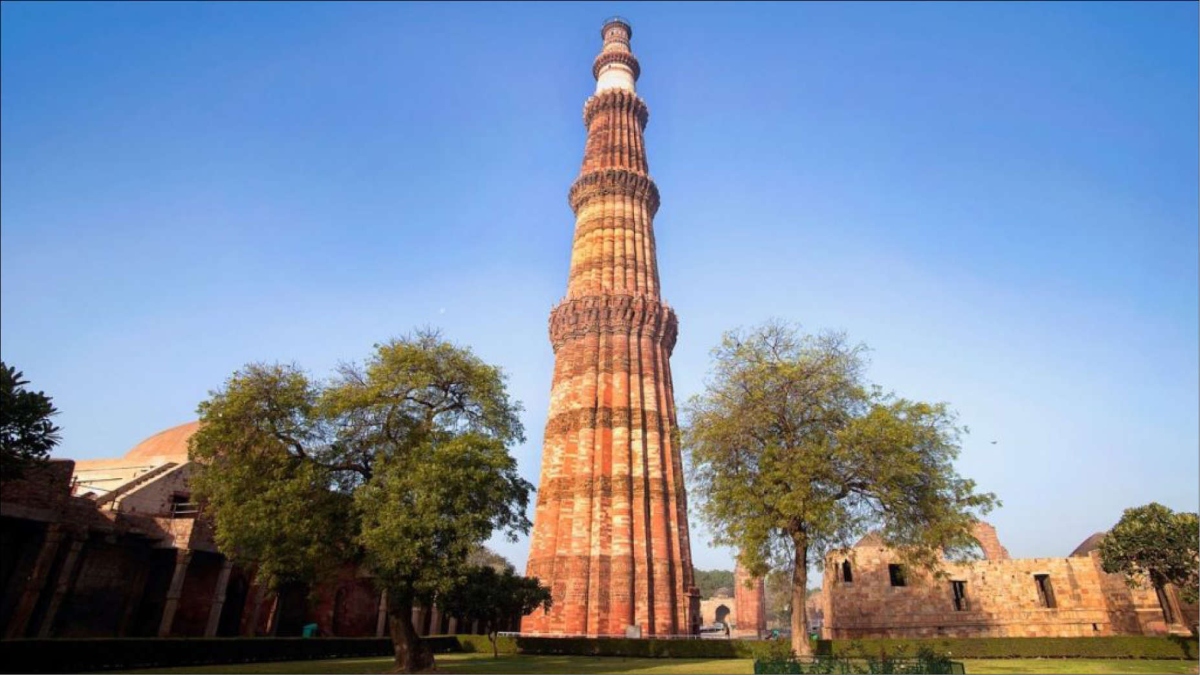


4 December 1981 is a date deeply etched in my mind. It was a Friday as it is also on the same day this year. Qutub Minar, the 72.5 metre high, 13th century monument was closed for the general people, after 45 people, mostly schoolchildren from Nuh and the other areas of Mewat region in Haryana, were killed in a stampede. It means that 39 years after the horrific tragedy, visitors have been barred from going inside the tower, which is synonymous with Delhi and remains one of its iconic symbols. Having covered the incident, I can easily say that the deaths occurred purely on account of negligence on part of the authorities, particularly, the Archaeological Survey of India, which looks after historic structures throughout the country.
On that particular day, more people than the capacity were allowed to climb to the first storey, which at that time was the limit set by the government for tourists to go. While descending on the spiral staircase, some pushing and jostling took place leading to children falling over each other. There were reports that the stampede was triggered by an incident of eve teasing but the end result was that children fell down, unable to exit since the main door closed towards the inside and not outside. Consequently, the mass of the children who fell, pushed the door closed and there was no way to open it with the collective weight preventing any rescue operations. It took the Delhi Fire Service considerable time to break in. But by that time, many of those inside had died due to suffocation and injuries. The knee-jerk reaction of the government was to declare the monument as closed and ever since that time, no serious attempt has been made to facilitate the entry of visitors.
Being a resident of Delhi since birth, I have had the rare privilege of going even up to the fifth-storey of Qutub Minar. Entry inside right till the top was permitted but over the years, there were a number of suicide deaths that occurred, forcing the ASI to first put up nets on the various parts of the structure and subsequently restricting the entry till only the first storey. Movie buffs may remember that a full song, “Dil ka Bhanwar kahe Pukar” picturised on Dev Anand and Nutan, for the hit film, Tere Ghar ke Samane was shot inside the monument featuring its spiral staircase.
What happened on 4 December 1981 cannot be undone but surely, the authorities can open the Minar with adequate precautions and safety measures. The entire Mehrauli area where this imposing work of great craftsmanship exists, has history written beneath every stone. The Ashoka Pillar is located in the premises and also remnants of Hindu temples can be seen with pictures and shlokas in the nearby structures. Not far away is an incomplete replica of the Qutub which was sought to be built, as per some historians, by another ruler. A sun dial in the lawns continues to be an added attraction. There is the Sufi shrine of Bakhtiar Kaki and the famous Yog Maya temple nearby, both of which were central to the celebrations of Phool Walon ki Sair in the city to symbolise communal harmony.
The bottom line is that Qutub Minar should once again be thrown open and like the Hamayun’s Tomb, Jantar Mantar, Red Fort, Purana Qila, India Gate and innumerable other structures, represents the identity of this metropolis, arguably the most ancient capital in the world.